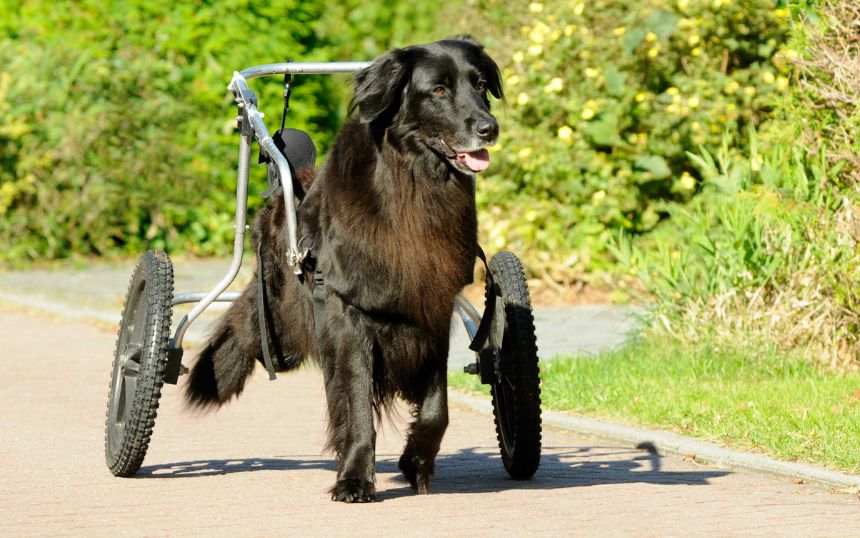Doggy Diets: What Options You Have When You Get Your Dog

In recent years, there has been a lot of debate about all the different kinds of food that are safe for your dogs. There are several diet philosophies you could subscribe to, with pros and cons for each. The most important thing when feeding your dogs is that they receive a nutritionally complete diet that caters to what they need.
Whatever diet philosophy you subscribe to, it is best to get it checked by a veterinarian. This is to ensure your dog doesn’t suffer from any nutritional deficiencies or ingests things that are harmful to them. Different dogs do better on different diets. You might have to try out a few options before you land on one your dog thrives on having. Let’s take a look at some diets you can choose for your dog.
Raw Food Diets
There are many types of raw food diets you can give your dog. From BARF diets to Whole Prey and more, the philosophy that guides all of the variations is that dogs should eat what they would have in the wild. Thus, it is a meat-heavy diet, with added organs, bones, eggs, and supplements that make sure micronutrients are supplied.
Raw diets have been seen to be very helpful for dogs with allergies and skin issues. If your dog has been suffering from mystery illnesses that don’t seem to have a cure, you could talk to your vet about starting a raw diet. Make sure you take inputs from vet nutritionists when you feed your dog raw. You need to follow many rules, like avoiding giving dogs load-bearing bones as it can break their teeth. Make sure you are well informed and well researched before you start feeding your dog anything.
Cooked Food Diets
Cooked food is one of the most common ways to feed dogs across the world. Humans are familiar with cooked food, and this is often the first option people turn to when starting to feed a dog. The advantage of the cooked food diet is that it is one of the safest options to feed your dog as the heat destroys the most problematic bacteria.
Most vets also recommend home-cooked food as one of the best diets for a dog. The advantage of home-cooked food is that you know exactly what is going into your dog’s bowl. You can use the freshest ingredients, and you can be assured that everything that goes into their bowl is safe. Not everything that humans eat is safe for dogs. Thus, make sure you use only dog-safe vegetables and fruit if you add them.
Dehydrated Food Diets
Dehydrated or freeze-dried dog food is an excellent compromise between raw and cooked diets. Many pet owners shy away from raw diets because of the risk of salmonella and other bacteria. Others don’t have a safe supplier from whom they can buy the food. In such cases, if you still want to feed your dog raw, you should opt for dehydrated or freeze-dried dog food.
These types of dog foods have been processed in ways that leave no space for bacteria to grow. The methods of manufacture are such that the benefits of raw meat and other ingredients are perfectly preserved. They are also much easier to store than raw food if you don’t have the freezer space. Dehydrated and freeze-dried dog foods are shelf-stable, and you can keep them at room temperature. When you buy these products, make sure you buy them from a reliable retailer like petcarerx.com, where storage conditions can be assured.
Kibble
Kibble is the most popular and convenient type of dog food available. It is the processed mix of meat, carbohydrates, and added vitamins and minerals. There are many high-quality kibble companies for you to choose from when you go to buy this product in the market. When buying kibble, try and select options that have multiple meat products in the ingredients.
The higher up the meat products on the ingredients list, the better quality nutrition your dog will get. Kibble can cater to a variety of preferences and diets. From different kinds of meats to various medical needs, there is a kibble for every dog out there. The advantage of kibble is the variety of meats you can conveniently add to your dog’s diet. Additionally, kibble needs no time to prepare, unlike home cooked diets, and is exceptionally convenient to store, unlike raw food diets.





